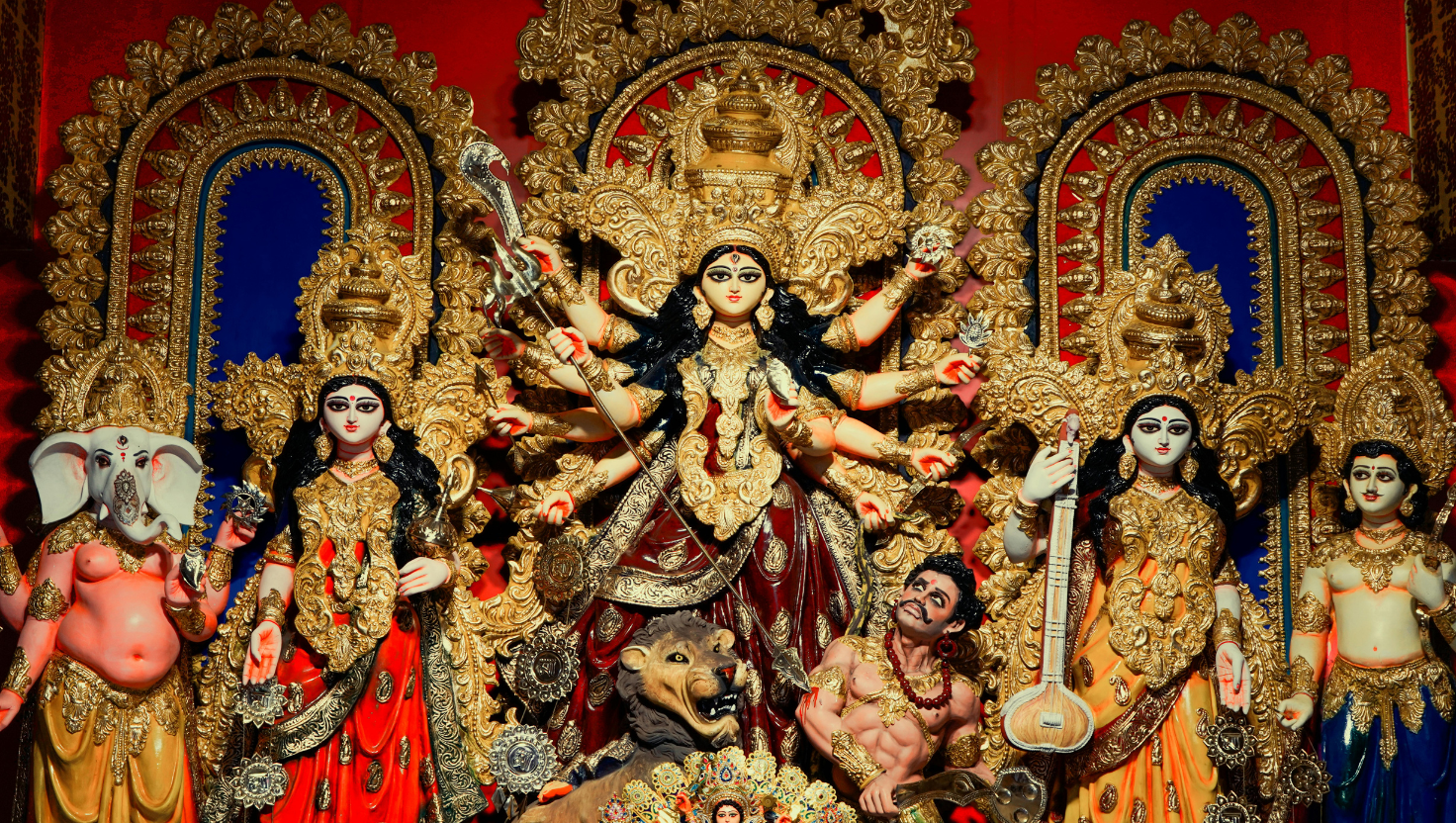Why We Celebrate Ahoi Puja: The Festival of Motherhood and Blessings
Ahoi Puja is a deeply emotional and traditional festival observed mainly in North India by mothers who pray for the health, prosperity, and longevity of their children. Celebrated in the Kartik month, typically eight days before Diwali, this festival blends devotion, repentance, and the timeless bond between a mother and her children.
The Legend Behind Ahoi Puja
The origin of Ahoi Puja is rooted in an old tale of repentance and divine mercy. The story tells of a compassionate woman who, while digging in the forest to repair her home before Diwali, accidentally killed a young cub of a lioness (the symbol associated with Ahoi Mata). Soon after, misfortune struck her family — her sons began dying one after another. Grief-stricken, she sincerely prayed to Goddess Parvati for forgiveness.
Pleased by her remorse and devotion, Mata Parvati appeared and blessed her, saying that mothers who observe a devoted fast and worship Ahoi Mata would be protected, and their children would thrive. This compassionate promise gave birth to the tradition of Ahoi Ashtami, which continues to be observed by millions of mothers today.
When Is Ahoi Puja Celebrated?
Ahoi Puja falls on the Ashtami (eighth day) of the Krishna Paksha in Kartik, usually observed in the evenings before the appearance of stars. The fasting begins early in the day and is traditionally concluded after sighting the stars (or moon) in the sky.
The Rituals and Traditions of Ahoi Puja
Ahoi Puja is marked by simple yet heartfelt rituals that emphasize devotion and family unity:
- Morning preparations: Mothers bathe early, take a vow (sankalp) to fast, and clean the puja space.
- Drawing Ahoi Mata: Traditionally an image of Ahoi Mata, her seven sons, a lion cub, and stars is drawn on the wall using geru (red clay) and rice flour.
- Fasting (Vrat): Many mothers observe a nirjala fast (no food or water), while some may take water only after the evening puja.
- Puja and Katha: The Ahoi Mata Katha (story) is narrated in the evening; offerings like fruits, sweets, and silver coins are placed before the deity.
- Star worship & breaking the fast: The fast is ended after sighting the stars, often accompanied by prayers for the children’s long life and wellbeing.
Significance of Ahoi Puja
At its core, Ahoi Puja celebrates a mother’s selfless love and her protective prayers for her children. The festival symbolizes repentance, forgiveness, and the power of sincere devotion to avert misfortune.
Key aspects:
- Protection from misfortune: The fast and puja are believed to shield children from illnesses and untimely harm.
- Repentance and forgiveness: The legend teaches that errors can be redeemed through heartfelt penance and devotion.
- Family bond: The festival strengthens familial ties as relatives gather to support the mother observing the vrat.
- Spiritual cleansing: The observance promotes patience, gratitude, and inner purification.
Ahoi Puja in Modern Times
Modern celebrations often blend tradition with contemporary conveniences: printed or digital Ahoi Mata posters, silver mementos, and online Ahoi Katha recordings are common. Yet the essence — a mother’s devotion for her children — remains unchanged. Families living in urban areas or abroad continue to observe the vrat, adapting rituals while preserving the festival’s emotional core.
Lessons from Ahoi Puja
Ahoi Puja offers timeless lessons: the importance of forgiving oneself, the protective strength of parental love, and the role of faith in family life. It encourages gratitude toward parents and respect for the values passed down through generations.
Conclusion
Ahoi Puja beautifully captures the spirit of motherhood — selfless, nurturing, and protective. Whether through a simple wall drawing or modern digital observance, the festival reminds us of the enduring power of a mother’s prayer. May Ahoi Mata bless every household with health, prosperity, and love.
Download Ahoi Puja Checklist
